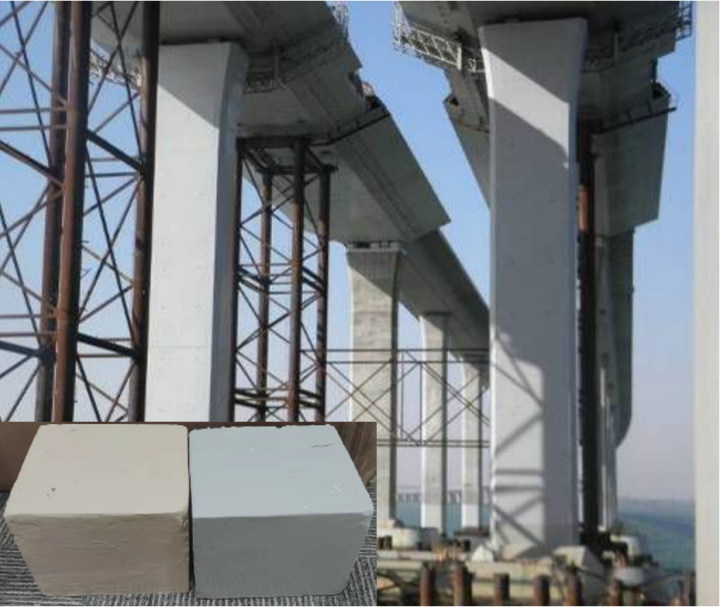Concrete structures inevitably have cracks due to the role of internal and external factors, and cracks are the main reasons for the reduction of the bearing capacity, durability and water resistance of concrete structures. Preventing cracks from causing adverse effects on concrete structures is one of the most needed functions of concrete coatings. Whether the coating has the ability to follow the crack extension of concrete is the most critical index to measure the protective performance of concrete coating. Our company has developed a set of flexible reinforced concrete anticorrosive coatings with excellent crack following properties for the harsh atmospheric environment of offshore reinforced concrete.
Our flexible coatings (A) compared with other coatings (B, C, D) crack following performance
Through the crack following performance comparison experiment, it is obvious that the flexible coating developed by our company has excellent crack following performance. Other coatings will completely crack when the displacement is 0.2-0.3mm, while our flexible coating will crack only when the displacement is 0.8mm.
Our flexible coatings (right) compared with other coatings (left) flexibility
Through the flexibility comparison experiment, it can be clearly seen that after coating the flexible coating developed by our company, the flexible substrate can still bend freely, showing excellent flexibility properties. However, after coating other coatings on the same flexible substrate, the flexible substrate loses its original flexibility and becomes hard and difficult to bend.
The flexible reinforced concrete anticorrosive coating developed by our company is composed of four layers of matching systems, the first layer is primer, the second layer is putty, the third layer is intermediate paint, and the fourth layer is top paint.
Composition and properties of flexible reinforced concrete coatings




